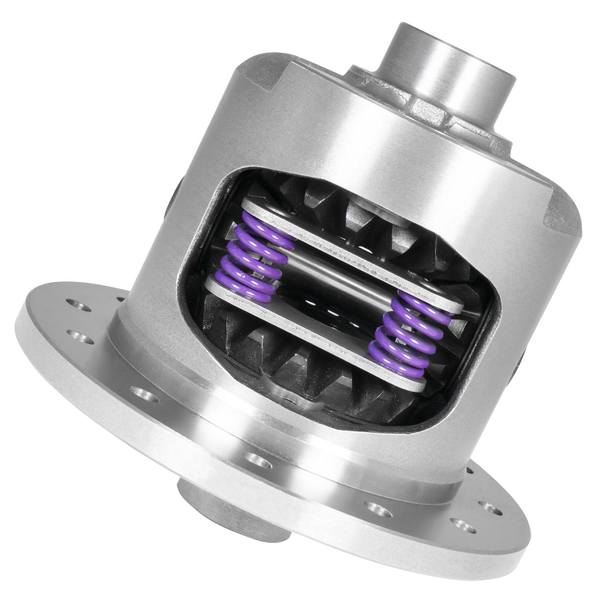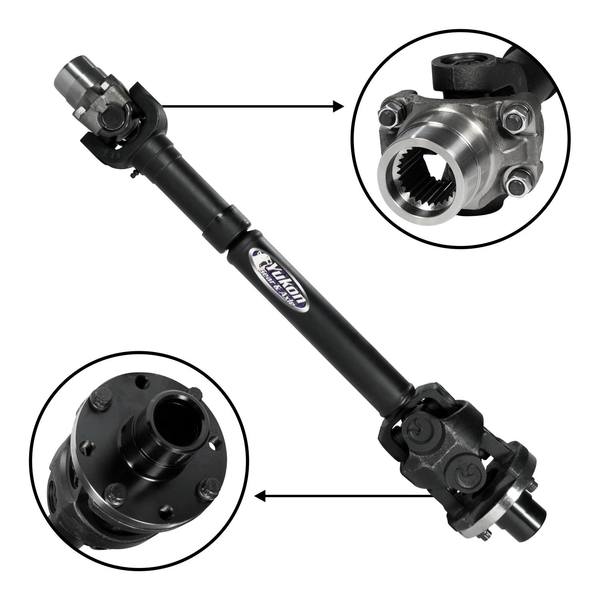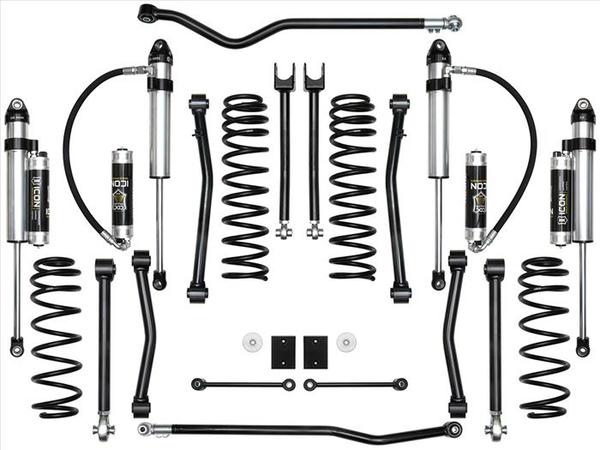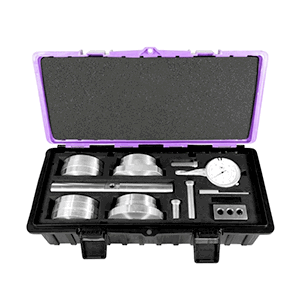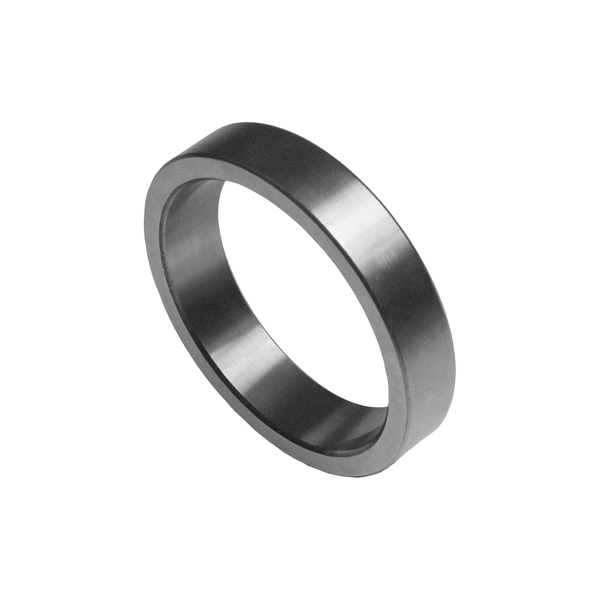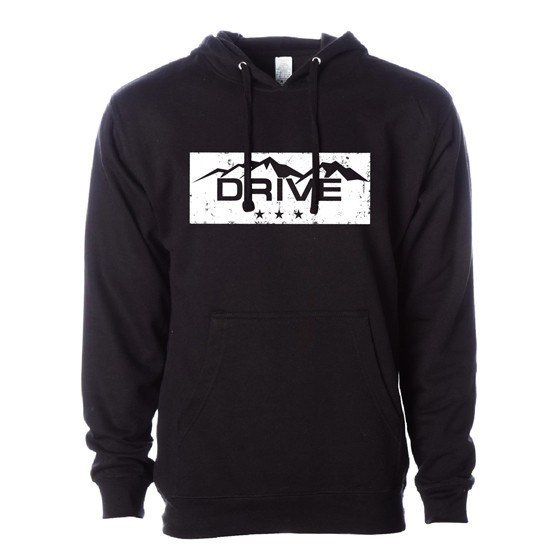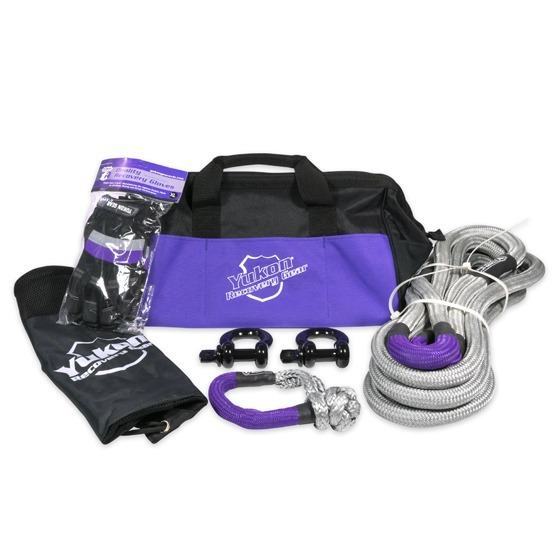High stress driving will repeatedly increase the temperature of your transmission, eventually breaking down the stability of the gear oil in your car. If you regularly tow, drive in low traction conditions, or drive in mountainous regions, you will likely need to change your gear oil every 30,000 miles, or potentially even less.
In normal driving conditions, most cars can travel up to 80,000 miles before needing a gear oil change. However, this number is a maximum, and most manufacturers recommend changing your gear oil between 50,000 and 60,000 miles.
Other conditions that require a gear oil change can develop under unusual circumstances. For example, if your transfer case, differential component, or transmission has experienced submersion in water or another foreign fluid, your gear oil should be replaced. Contaminated oil can seriously damage your gearbox, transfer case, or differentials with inadequate lubrication.
You should also replace your gear oil if your transfer case or differentials recently had a leak repaired. A leak could signal contamination or low levels of gear oil. Most mechanics will replace your gear oil after repairing a leaky component, but this is sometimes forgotten during home repairs.
Lastly, if you or your mechanic finds dirty gear oil during a checkup, it should always be replaced. Old or dirty oil leads to destabilized viscosity and poor lubrication, which will prematurely damage your gearbox, transfer case, and/or differentials.
 AMC
AMC
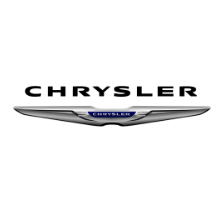 Chrysler
Chrysler
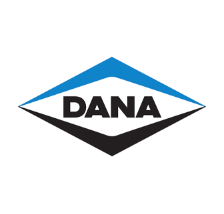 Dana
Dana
 Ford
Ford
 GM
GM
 Isuzu
Isuzu
 Nissan
Nissan
 Suzuki
Suzuki
 Toyota
Toyota
